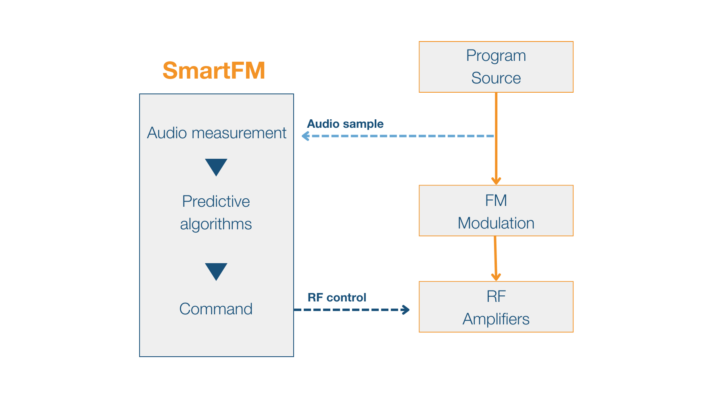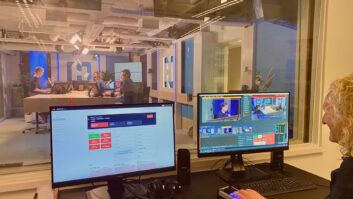Radio World’s “Guest Commentaries” section provides a platform for industry thought leaders and other readers to share their perspective on radio news, technological trends and more. If you’d like to contribute a commentary, or reply to an already published piece, send a submission to [email protected].
The author is product manager of WorldCast Systems.
Global CO2 emissions from energy combustion and industrial processes rebounded in 2021 to reach their highest ever annual level, according to a March 2022 report from the International Energy Agency. In total, more than 36 gigatons of emissions were pushed over the air in 2021, a 6% increase compared to 2020.

Combined with worldwide increases in electricity costs, sustainable energy has become one of the greatest challenges facing radio broadcasters.
In the broadcasting chain, the transmitter represents the most impactful equipment as it continuously delivers a fixed output power to the antenna. In the FM chain, transmitters go from a few watts to dozens of kilowatts depending on the coverage area, landscape and radio listeners’ profile.
After years of innovation, the new generation of FM transmitters integrates state-of-the-art technologies, such as the most recent LDMOS generation with up to 85% efficiency or the new high-efficiency PSUs. Combined with embedded features (RDS encoder, sound processor, stereo encoder, audio over IP decoder), efficiency has increased up to 76% for the most efficient transmitters. But the physical component optimization is almost reached; efficiency is not going to increase anymore.
A smarter way
To reduce FM transmitters’ energy consumption, it is necessary to rethink the concept of FM broadcasting based on the incredible performances of transmitters and receivers.
A common misconception is to think that the technical objective of an FM broadcast chain is to transmit at a specific output power in order to cover a service area. The real objective is to deliver a high-quality and constant listening comfort for listeners over the entire service area.
Listening comfort can be summarized as the signal-to-noise ratio. Is the listener disturbed by the noise? Listeners’ audio perception of the same noise ratio varies depending on the type of audio content. For example, with speech programs, the slightest disturbance will have a direct, negative impact on listening comfort. However, with highly processed music (covering the full audio spectrum), the noise will be easily covered by the signal itself. It is then possible to slightly reduce the signal-to-noise ratio without impacting audio perception.
[Read More Guest Commentaries Here]
WorldCast developed its SmartFM algorithm based on this concept. A psychoanalysis algorithm qualifies the robustness of audio content to perturbations. Then, when the signal is robust enough, the artificial intelligence adjusts the transmitter power accordingly.
This results in up to 40% electricity savings while maintaining listeners’ comfort and service area.

Another major impact of SmartFM is to reduce the average heat dissipation of the transmitter itself. Consequently, the cooling system’s electricity consumption is reduced proportionally to the heat reduction.
For example, the efficiency of a 10 kW FM transmitter on the market is about 74%, which means that the direct electrical consumption is approximately 13 kWh, 24/7. Total electricity consumption to feed one 10 kW FM transmitter during one year is then estimated at 120 MWh. With SmartFM, total consumption for the exact same system drops by 10% to 40%, a maximum reduction of 50 MWh per year for a 10 kW FM transmitter.
To help radio broadcasters reduce the electricity consumption of their FM transmission network and improve their carbon footprint, the industry must rethink the whole concept of radio broadcasting and continue to find new ways to innovate.










